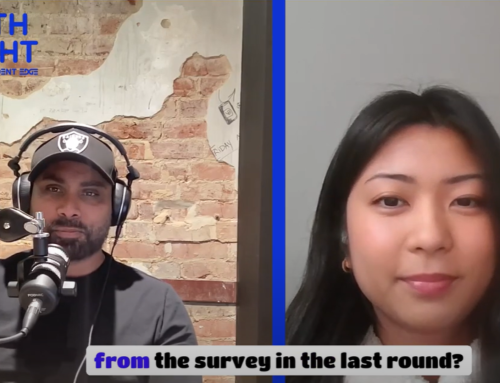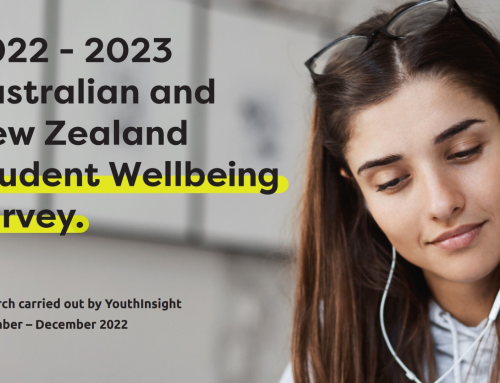While in recent years there has been a general momentum towards increasing the number of Filipinas in STEM, there is undoubtedly a lack of gender diversity in the field. A 2020 national study conducted by the Philippine Business Coalition for Women Empowerment (PBCWE), Unilab Foundation’s STEM+PH, and YouthInsight explored the relationship between STEM and students of both genders, from participation in all levels of education and fields, to students’ perceptions of STEM. Findings portrayed that while 73% of boys were considering a STEM subject for their tertiary education, only 59% of females were doing the same. Even for female students who take up STEM, a notable confidence gap develops wherein they begin doubting their abilities – ultimately dropping the representation of Filipinas in STEM careers to 34% as a result of either transferring out of their major, or pursuing an unrelated career path.
With the rise of innovation comes the need for diverse perspectives and unprecedented technical skills. If we intend to attract the brightest, most competent minds into these fields, we must look towards our entire population – not just one half. PBCWE strives to bring all influences, both direct and indirect, together by discussing how we can unite to promote STEM to Filipinas.
A lack of STEM exposure at an early age greatly impacts female representation rate within secondary and tertiary levels of education. While many parents choose to actively discourage male inclined toys and chores, these little changes are what can truly make a difference in increasing female interest. Playing with legos and building blocks are known to strengthen spatial learning and enhance problem-solving abilities, while more stereotypically “girl” activities such as playing with dolls and “dress up” builds creative thinking and language based learning. By providing young girls with the opportunity to experience both, we allow them to develop these abilities equally, and let them decide which set of skills they’re more gravitated towards when deciding subject uptake. Similar effects could also be achieved by splitting “male and female” inclined chores amongst the genders of the family.
Within school structures, teachers can encourage STEM exploration through assigning collaborations between female students on group projects and tasks. Creating a stronger network for young girls within the classroom builds self-confidence, and provides a safe space for pursuing STEM interests. In high school and tertiary levels of education, a leading cause of female drop offs in STEM is due to a lack of mentorship. Teachers and professors giving warranted praise and diligently reaching out to students for support are acts that can create a nurturing environment for females to foster their skills in STEM without worries of judgement. Outside of class, the Youth in STEM study examined the importance of STEM events at school,
investigating the relationship between participation rates, and its effects on STEM uptake in classes. Female engagement in school events was at 62%, while male students were more active by 4% (66%). However, the change in interest after participation increases by 0.9% for females – a greater shift than their male counterparts. Thus, while general participation is lower for girls, STEM events more heavily influence the female demographic to consider pursuing a path in STEM. Given this, it’s vital that faculty and school administrations advertise these events as open to both genders – possibly even coaxing female students who show initial curiosity towards STEM.
Additionally, environmental factors play an equally influential role in the educational and career decision-making process for females. Media can be used as a powerful tool, yet we still see a lack of women role models in STEM. However, NGOs and IGOs have been increasingly more impactful in their promotion of STEM to female students through various platforms, from utilizing social media as a form of campaigning, to partnering with schools where resources are easily accessible. These external forces undeniably have the power to bring indirect and direct influences together to help flourish and empower our female students.
Cultural expectations frame girls’ interest or disinterest in pursuing STEM. Small acts such as these when at home, school, or through organizational programs can allow girls to consider their options. Praising can go a long way for a student who may feel insecure about her interest in STEM, particularly when being raised in a society that may not always encourage exploratory behavior. If we want the Philippines to have the brightest people in our STEM fields, we must possess the mindset that creativity and innovation does not require any classification – from gender, race, sexual orientation – and it should be celebrated as such.
STEM + PH, in partnership with Philippine Business Coalition for Women Empowerment (PBCWE) and YouthInsight, the full service research arm of Student Edge (https://www.linkedin.com/company/student-edge/), launched the Youth in STEM report last February 11, 2021 during Women in Science Day. The research aims to understand and determine the interests, perceptions, and even barriers in STEM education and careers between male and female students to help them better understand their own future, as well as the future of humanity.
Read the full report here: https://youthinsight.com.au/world/philippines-youth-in-stem-2020-report/









Hi, I am Gwyneth Nicolas, currently a grade 11 STEM student from the University of the East, I was just wondering if I could ask the names of the authors of this 2020 collaboration study by the Philippine Business Coalition for Women Empowerment (PBCWE), Unilab Foundation’s STEM+PH, and YouthInsight, this because we need specific names for our research, thank you!